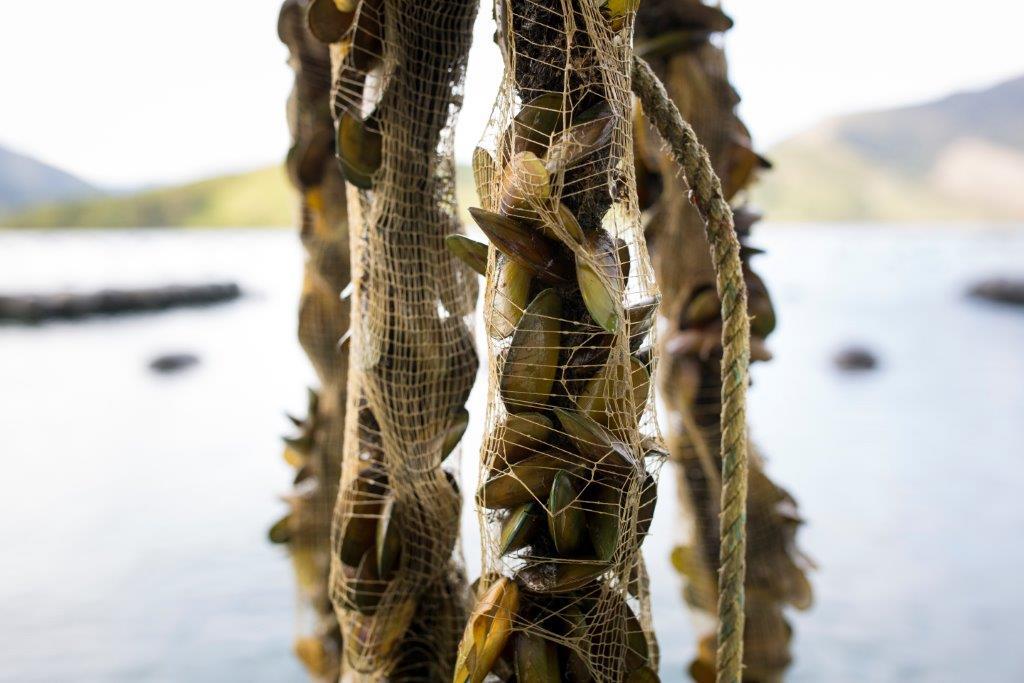
Aquaculture industry & Techion developing world-first green shell mussel spat counting method
A research project, which has just completed its first phase, may offer the solution. The project was funded by a partnership between industry; represented by Aquaculture Solutions Ltd (AquaSol), Aquaculture NZ and Seafood Innovations Limited and medical and environmental diagnostics platform developer, Techion.
Project lead, Andrea Strang of Aquaculture Solutions Ltd (AquaSol) says spat supply underpins the success of New Zealand’s Greenshell Mussel industry. “Research shows that if spat retention can be increased by one percent it would reduce the amount of spat required by a staggering 20 percent.”
After 15 years monitoring Golden and Tasman Bay spat catches using a traditional microscope, Andrea identified the need to develop a digital solution to identify quality spat which has the highest chance of growing. Knowing the quality of spat will ensure farms receive the highest quality with the greatest chance of maturing and producing export quality Greenshell Mussels.
Andrea said developing an industry protocol to measure the number, size and viability of spat on wild harvest seaweed will provide the potential for mussels to grow to maturity from their existing five percent chance.
“We need a system which can be used on the beach or on floating pontoons as well as in the laboratory. A system measuring mussel spat condition, size and numbers and report these statistics immediately will allow farms to make important management decisions about which spat to take and how to seed it out to improve viability. Increased spat retention by around five percent, could be worth of millions of dollars in exports.”
Andrea’s vision led her to world-leading NZ agricultural parasitology company Techion, which commercialised FECPAKG2 to count and measure parasite eggs in animal faeces.
Techion founder and CEO, Greg Mirams says stage one of the research project, which has just finished, confirmed the patented smart digital microscope known as the Micro-I can be adapted to analyse spat condition, size and number.
“Working in partnership with Andrea Strang we’ve confirmed the Micro-I digital microscope can count spat. That allows us to move onto the second phase of the project, which is developing protocols and using artificial intelligence (AI) to measure spat size and assess spat quality. All of this can be assessed by analysing images taken on the portable Micro-I digital microscope.”
Greg Mirams said once the research is completed he’s confident Techion’s Micro-I will deliver spat assessments in real time, on the beach, onboard vessels or in the lab. Additionally the he says Techion’s proprietary software retains data which will become a record for the future and it will enable the development of AI for almost instant data identifying spats showing the best size and condition and wild harvest seaweed with significant numbers of quality spat.
The value of measuring the effectiveness of spat was made in the 2019 AQNZ Spat Strategy which identified it was essential for spat managers to count and measure the health and condition of newly settled, microscopic spat. The strategy noted this critical life phase is currently invisible which means its poorly understood and managed. Furthermore by 2025 the industry will require 7.5 million metres of spat seeded on rope to achieve the required forecast harvest. The report concluded that knowing quantity and quality information for each batch of spat will enable spat survival and enable the industry to hit its growth targets.
